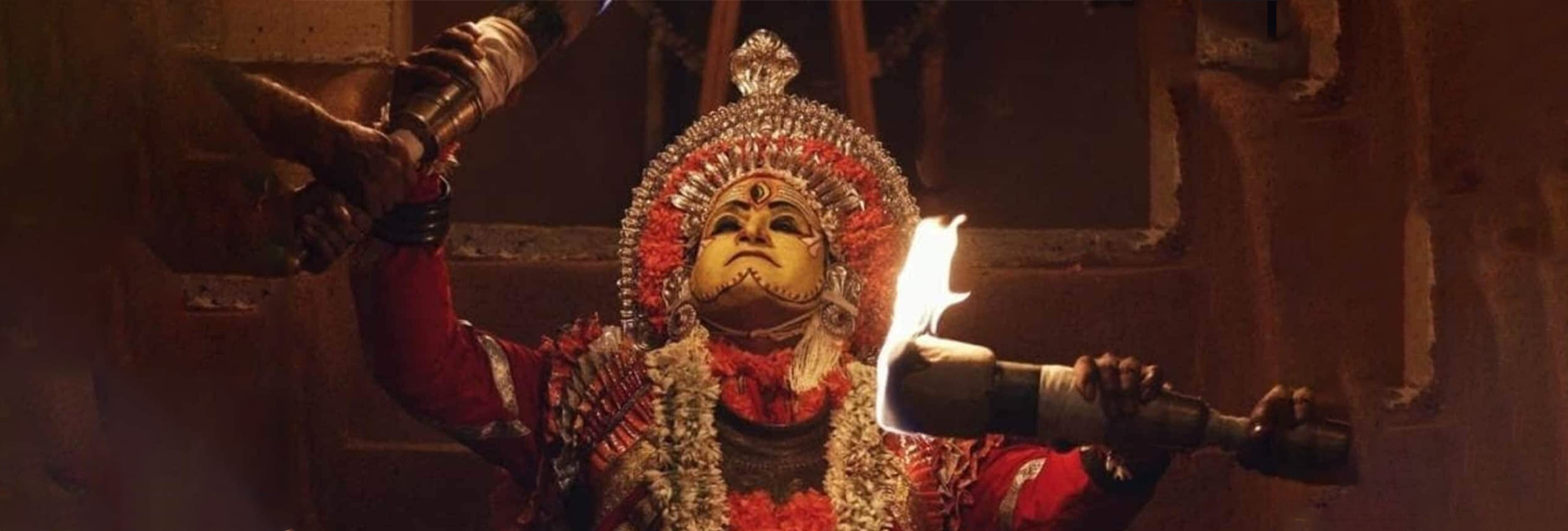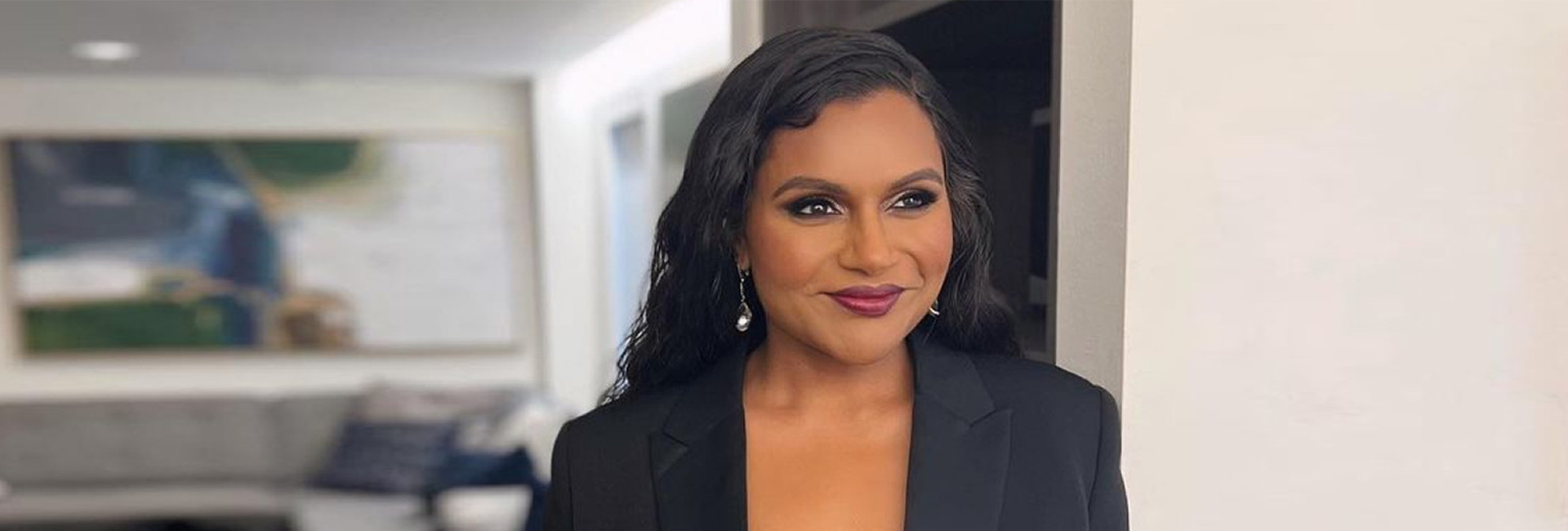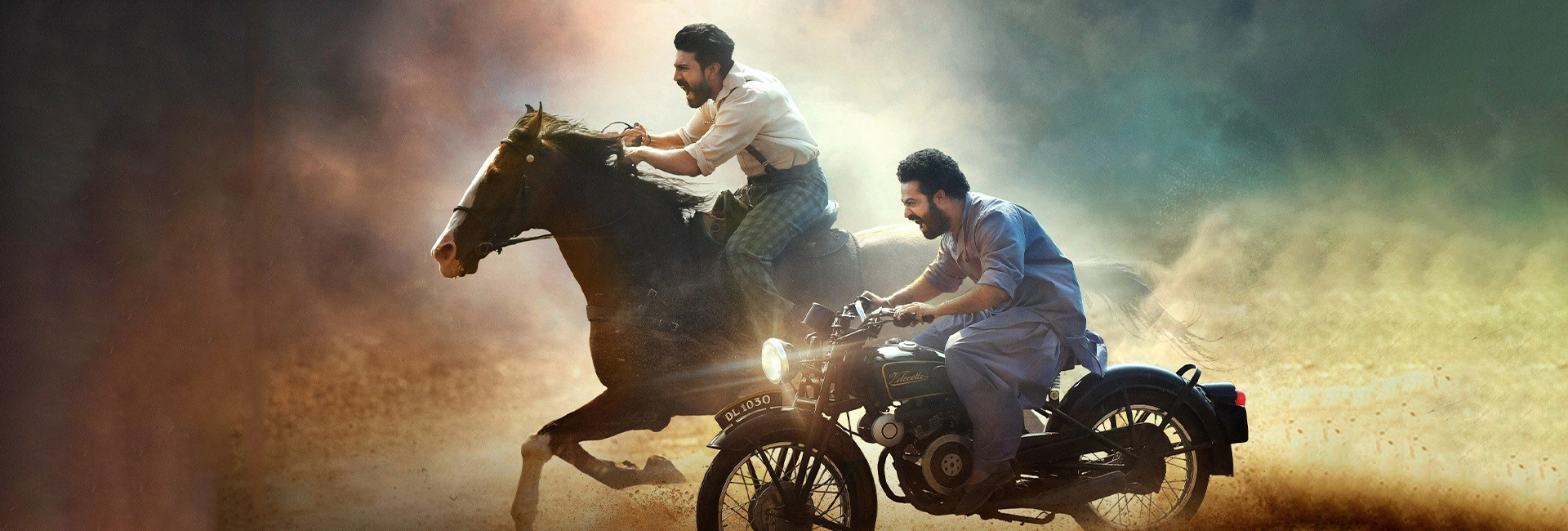(March 12, 2023) “This is beyond anything I can express to be honest. But to be working with such an incredible team at such an early juncture of my career is truly rewarding,” is how BAFTA nominated actor Adarsh Gourav reacted to being working with stalwarts like Meryl Streep, David Schwimmer and Sienna Millers in the Apple TV Plus show Extrapolations. The futuristic drama set in 2037 has opened to rave reviews, and one Indian actor has made it among the “most impressive cast in TV history.” But standing tall against actors like Tobey Maguire, Kit Harington and Edward Norton speaks volumes about Adarsh’s acting mettle.
It was Adarsh who brought Balram Halwai alive from the pages of Aravind Adiga’s 2008 Man Booker Prize winner The White Tiger. Such was the powerful performance that Gourav found himself racking up a Best Male Lead nomination at the Independent Spirit Awards as well as a BAFTA Best Male Lead nod in the first quarter of 2021. And now two years later, he is cementing his position in Hollywood with Extrapolations.
The 27-year-old might be a newcomer in the league of international bigwigs but this Forbes 30 Under 30 actor has definitely cemented his position as a breakout Indian actor.
Music led him to Bollywood
It was in Jamshedpur where Gourav’s story began. At a young age, his parents enrolled him in classical music sessions under Guru Chandrakant Apte. With each passing year, he excelled in his skill, and his growing talent prompted his family to relocate to Mumbai because they believed in his chances of gaining success as a playback singer. And they had there reasons too. By the time he turned 13, Gourav had already appeared on Jharkhand Idol, a singing reality show that seemed like a possible launch pad for his Mumbai dreams.
Upon landing in Mumbai, Gourav enrolled at Suresh Wadkar’s Ajivasan Music Academy, and it was here that he started to convert his potential into palpable projects. His mentor Padma Wadkar brought with her two singing opportunities: one was Subhash Ghai’s Black & White and other being Ilayaraja’s Chal Chalein. Wadkar got Gourav in touch with Raell Padamsee who recommended Gourav for a performance at the Kala Ghoda Festival. It was here that talent agent Nazli Currimbhoy planted the idea of acting as a career. He soon started going for auditions with his mother on weekends.
View this post on Instagram
One such audition landed him at Shanoo Sharma’s office who was looking for an actor to play a young Shah Rukh Khan in Karan Johar’s 2010 film My Name Is Khan. He nailed the audition and bagged the role. At 14, his acting career began but it wasn’t until 2013 that he started pursuing it seriously when he landed an important role in John Abraham’s production Banana. The film changed the way Adarsh saw cinema.
“That was the first time that I realized what it is to think and walk and talk like a different person. I was playing somebody who was so far removed from what I am. That experience was very cathartic,” he said in an interview.
Around the same time, he enrolled in Narsee Monjee College of Commerce, and in his third year, he got a chance to work with Anurag Kashyap for his short film Clean Shaven. For the next few years, he kept doing a handful of roles, however, recognition and fame eluded him. It was after wrapping up Rukh and Mom that Gourav decided that he needed some actual acting training to up his game.
“Things abroad were too expensive and I couldn’t afford anything, so I finally chose Drama School Mumbai. I got a scholarship and my mum helped me with funding the rest. It was so important for me — I unlearnt everything I had learnt before, learnt what I had to at Drama School, and then unlearnt it all again to get back to work,” he added.
Straight out of his drama school, Adarsh found himself in Paul Goodwin’s NCPA production Lucrece. This opportunity led him to his next project Leila, a Netflix film by Academy nominee Deepa Mehta.
View this post on Instagram
Though Adarsh did a handful of supporting roles in Bollywood, he was never a part of commercial potboilers because it was something that never intrigued him. At a time when any actor would kill to be a part of a big-budget Bollywood film, he kept a low profile. “I was never majorly influenced by big Bollywood commercial films. I was always intrigued and in awe of gangster dramas and crime-related dramas and actors who portrayed such characters influenced me in a lot of ways. But I have a lot of admiration for people who can dance and sing and do the whole thing,” the Global Indian told Film Companion.
The film that changed it all
He wanted to work in cinema that spoke to people, and that’s the reason he kept trying to get an audition with casting director Tess Joseph who casts for international films in India for almost two years. In 2019, destiny rolled the dice and Gourav found American filmmaker Ramin Bahrani looking for the perfect Balram Halwai for the screen adaptation of Aravind Adiga’s 2008 book The White Tiger.
Gourav found Joseph contacting him for a role in an international project, however, she didn’t mention the film. But Gourav who had read Adiga’s book as a teenager guessed the film and his role after reading a few scenes from the script. To look the part, Gourav bought flashy clothes for ₹150 from a local market for his audition. He wanted to look every bit of Balram Halwai and he did that when he went and sat down on the floor before the director on his audition day.

Adarsh Gourav and Priyanka Chopra in a still from The White Tiger
“I bought the clothes I though Balram would wear and I sat down on the floor [like a servant]. It’s not something that I would do as Adarsh, but I knew Balram would. I was also trying to see how it feels. I think Rahmin took notice of that,” he added.
Adarsh bagged his first Hollywood project, and the actor left no stone unturned to get into the skin of the character. To understand the complexity of the character, he took off to a village in Jharkhand and spent a few weeks like Balram. He then moved to New Delhi to work on a small food cart where he washed the dishes and ran small errands for 11 hours a day for two weeks. “I wanted to know that feeling of being trapped in something you don’t particularly enjoy and still have to do it,” he told Screen Daily.
Global appreciation
His breakout role in the Netflix film earned him the love and appreciation of millions across the globe. What The White Tiger did was it catapult a 26-year-old, a newcomer in international cinema, into the nomination lists of the biggest global awards. The Indian actor saw himself up against acting powerhouses like Steven Yeun (Minari), Riz Ahmed (Sound of Metal), Anthony Hopkins (The Father) and the late Chadwick Boseman (Ma Rainey’s Black Bottom) in the Best Leading Actor category at BAFTA 2021. Though Gourav lost to Hopkins, being nominated next to the bigwigs of the film industry is testimony to his talent and skill.
His journey is proof that like the stunning white tiger, the actor is someone who is born once in every generation, destined for great things.
- Follow Adarsh Gourav on Instagram




